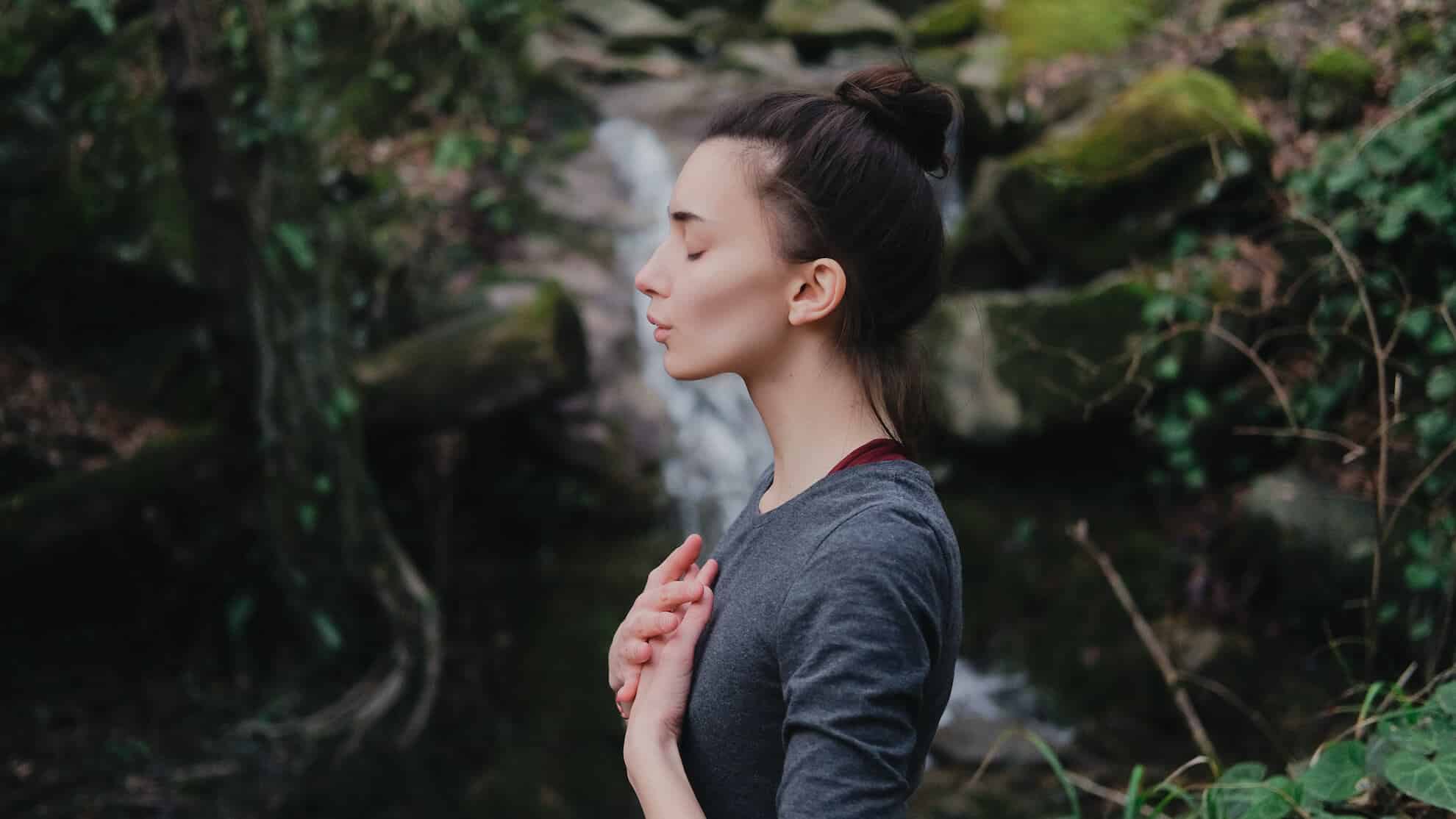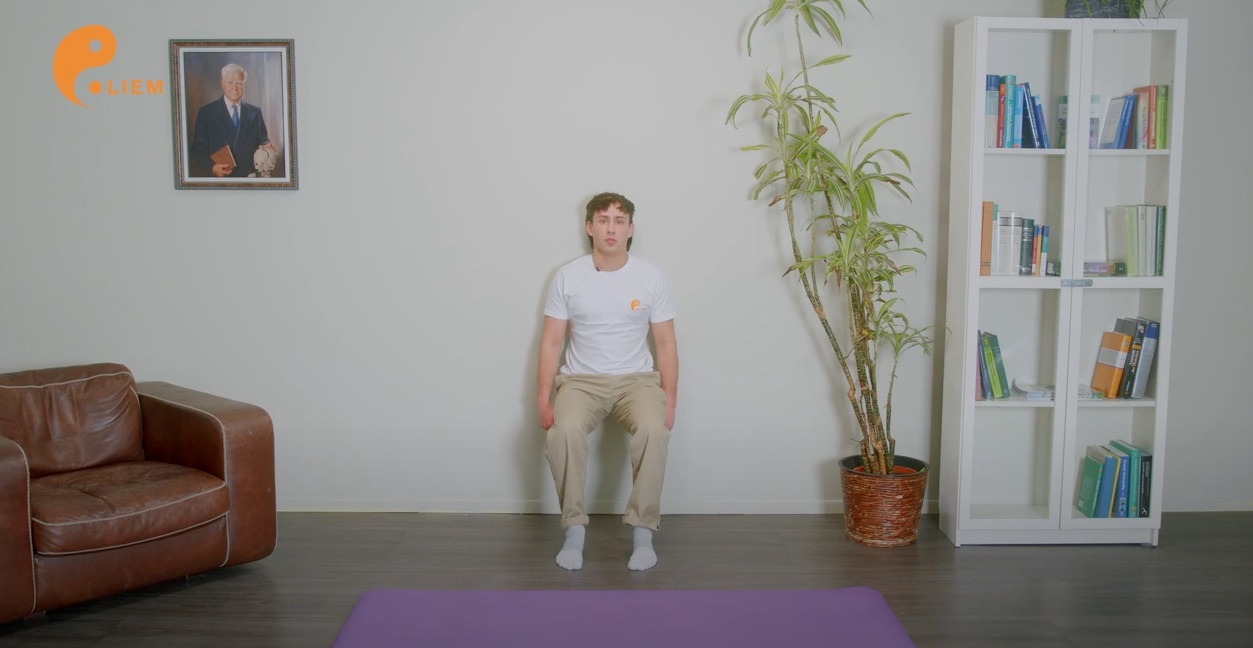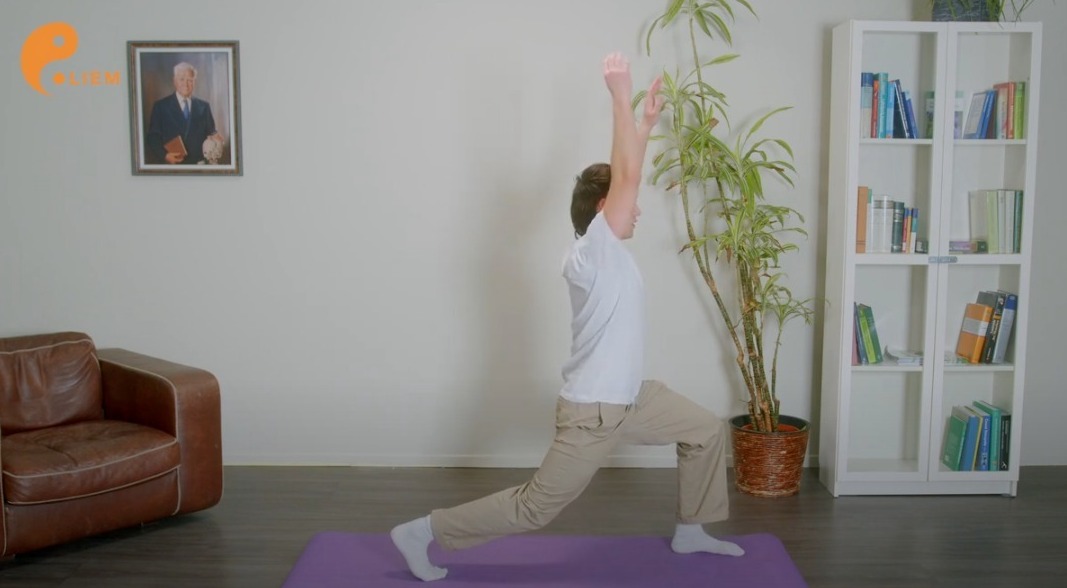An interview with Mobil Krankenkasse. You can find the original interview here.
We usually pay little attention to our breathing - after all, we breathe automatically from birth. But are we breathing correctly? Expert Torsten Liem reveals how we can achieve positive effects for our health and well-being with breathing exercises.
For most of our lives, we breathe in and out completely unconsciously. Sometimes, however, we feel our breath precisely. This often happens when it becomes scarce, for example when we are physically exerting ourselves or are afraid of something. We asked the experienced Hamburg-based osteopath, lecturer and author Torsten Liem asked. He also gave us some effective exercises in the interview.
Mobil Krankenkasse: Mr Liem, breathing is vital - but what actually happens in the body during this process?
Torsten Liem: The main function of breathing is gas exchange in the lungs. This means that when we breathe in, oxygen passes from the air into the blood, while when we breathe out, carbon dioxide is released from the blood into the air we breathe and into the environment. This process is vital because many chemical reactions in the human body require oxygen. If there is not enough oxygen available, the brain and other organs are damaged. From an osteopathic perspective, respiration serves to distribute vital oxygen throughout the entire organism via the cardiovascular system. Together, the respiratory and cardiovascular systems are the engine that keeps us alive. However, good breathing also has many other important functions - for example, it supports the flow of lymph in the body and is a good drainage system for the organs. There is also internal respiration, which serves the cells to generate energy. It is dependent on internal power stations, the mitochondria. These are tiny structures within a cell. They can be destroyed by stress, among other things.
Mobil Krankenkasse: Which muscles work when you breathe?
Torsten Liem: A distinction must be made here between the two breathing phases. When we inhale, the air we breathe is distributed to the different parts of the lungs. This so-called ventilation is not produced by the lungs themselves, but by the respiratory muscles. The diaphragm and intercostal muscles are mainly involved. The diaphragm moves downwards due to the tension and pushes all the underlying organs of the chest into the abdominal cavity so that our abdominal wall rises when we inhale. This is known as abdominal breathing. The tensing of the intercostal muscles in turn causes the ribcage to expand laterally when we inhale, making them responsible for thoracic breathing. When you breathe out, the muscles mentioned above relax so that the lungs are passively compressed and the air escapes from the alveoli. The abdominal muscles support this process. When we exert ourselves physically and in the case of certain lung diseases, the auxiliary respiratory muscles in the throat, chest and abdomen also become active.
Mobil Krankenkasse: Is there right and wrong breathing?
Torsten Liem: The correct way to breathe at rest is through the nose into the abdomen so that the abdominal wall rises. Short and shallow chest breathing is unfavourable at rest because too little oxygen reaches the blood and therefore the organs. This can lead to a whole range of problems such as poor concentration, headaches, exhaustion and tiredness. In addition, if the internal organs are not sufficiently drained and moved by breathing, other symptoms such as gastrointestinal complaints can occur. Poor posture, such as a slumped round back and shoulders that are pulled forwards, also affects breathing. Instead of half a litre of air, less air enters the lungs per breath.
Mobil Krankenkasse: Can you learn to breathe properly for a long time?
Torsten Liem: Yes, and since we breathe 10 to 15 times a minute, i.e. around 23,000 times a day, such breathing training is definitely worthwhile. Targeted breathing exercises are useful at the beginning. At some point, the "new" breathing will become a habit. Conscious body movement and posture as well as positive feelings also improve breathing, which in turn benefits the body, mind and soul. It is also important to breathe the right air. I recommend regular brisk walks in the woods, ideally three hours a week - it's like a miracle health pill for the body. One last tip: rinse your nose once or twice a week in the evening before going to bed with a nasal douche to help you breathe more freely. To do this, dissolve nine grams of salt in one litre of lukewarm water.
Mobil Krankenkasse: Which breathing exercise would you recommend?
Torsten Liem: An easy exercise to practise, for example, is to breathe in and out deeply and quickly 10 to 30 times, then hold your breath for 30 to 60 seconds and then continue breathing normally. This should be practised regularly three to eight times a day. Studies have shown that breathing exercises with targeted short-term oxygen deprivation can increase oxygen uptake, improve the regulation of blood sugar levels and heart muscle function, lower blood pressure and strengthen the immune system, among other things.¹ Extensive laughter also deepens breathing and is also good for the psyche.
Mobil Krankenkasse: To what extent do the psyche and breathing influence each other, for example in cases of stress?
Torsten Liem: Our breathing is usually unconsciously controlled by the respiratory centre in the brain stem. Chronic stress often leads to tense, superficial, accelerated breathing, which takes place more in the chest than in the abdomen. Conversely, breathing can also influence stress reactions. Various types of interventions, for example yawning, muscle relaxation or self-massage, lead to deeper breathing and thus to effective stress reduction. Pure breathing observation and various breathing exercises can also have a positive effect on stress reactions.
More well-being with breathing exercises
Breathing exercises can also be used to achieve specific effects. Torsten Liem has given us two exercises from his new book "The osteopathy self-help book" reveal.
Stress reduction: long exhalation
- Adopt a stable, upright and relaxed sitting posture. If you are sitting on a chair, both feet should be in firm contact with the floor.
- Now breathe in and out calmly for five minutes. The exhalation should be twice as long as the inhalation. For example, count to four on the inhalation and eight on the exhalation.
- You can do the exercise in the morning and evening. For a lasting effect, practise it about six days a week over a period of six months.
More vitality and better concentration: breath opener
- Preparation: The feet are parallel, shoulder-width apart. The knees are loose and slightly bent. Jaw and shoulders are relaxed. Breathe in through your nose and out through your mouth. The eyes are slightly open. The tongue is gently placed behind the incisors on the palate.
- Step 1: Place your hands on top of each other about 1.5 cm below your navel. As you inhale, bring your bent arms in front of your body with your palms facing upwards to about 10 cm above your head. As you exhale, bring your arms back to the starting position in front of your body with your palms facing downwards.
- Step 2: As you inhale, bring your arms up in front of your body with your palms facing upwards and your fingers pointing towards each other. During the movement, place the backs of your hands together and point your fingers upwards. Then turn your hands in front of your forehead so that your palms are facing first towards each other and then forwards, and stretch your arms over your head. As you exhale, separate your hands, turn your palms outwards and bring your slightly bent arms back down at your sides in an arc. The palms first point downwards and then backwards.
- Step 3: As you inhale, raise your arms sideways in an arc up to shoulder height and then bend your elbows. The palms of your hands should first point forwards and then turn upwards. Above your head, make a semi-circle with your arms, bringing the fingers of both hands towards each other and touching lightly. As you exhale, bring your bent arms back to the starting position in front of your body with your palms facing your body.
- Step 4: As you inhale, bring your bent arms in front of your body up to chest height with your palms facing upwards. As you exhale, press your palms to the side against imaginary walls and then bring your hands back to the starting position. At the end of the exercise sequence, you can close your eyes for a moment and feel into yourself.
- Perform the four exercises three times each.
More about breathing and breathing in:





